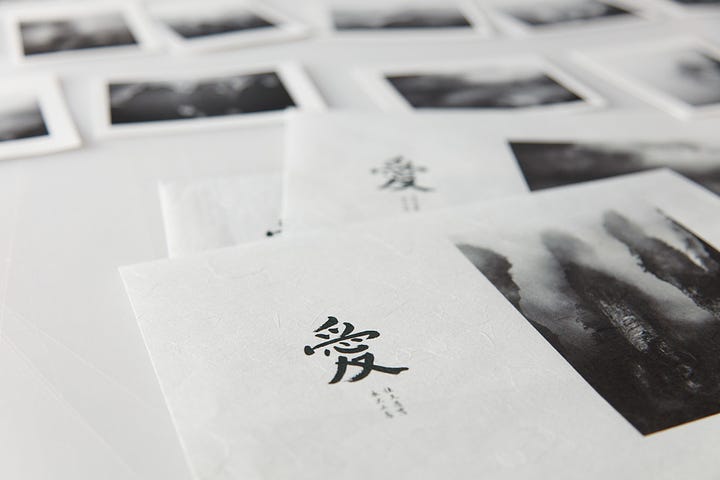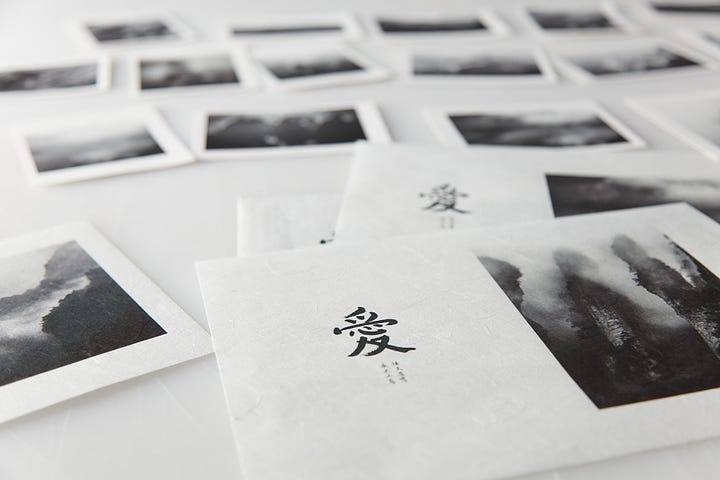Several months after one of our annual Portfolio Development weekend workshops, one of the participants also took one of our one-day workshops. During the lunch break, while we all sat around talking, this client reported that ever since he took the Portfolio workshop he felt he had become a far better editor of his work. Interesting.
Bob and I were not in the least bit surprised. It's true that putting together a portfolio of one's work is a challenging endeavor. We have always maintained that the golden take-away from the Portfolio workshop is not the gorgeous boxed and fine art quality prints of the portfolio. It is actually learning the process of self-editing, which nearly every pro photographer will tell you is a daunting task.
Portfolio or Print?
The real question I want to address here is whether just the art of printing itself helps you be a better editor of your work. Based on fifty years in the field, I say it does.
Allow me to start with a personal journey. For the early part of my career I did editorial photography, shooting for magazines, newspapers and such. While I was proud of my work, I would not call it exceptional. What my editors wanted were images, not excuses, so one learns what the money shots are, you grab them quickly and move on. Of course in those days we were limited by film rolls and single shots, so we had to be somewhat discerning in image selection.
Today, it's easy to skip that pesky discerning barrier. Don't waste time. Cards hold ginormous amounts of data, so taking a few hundred shots of one locale is nothing to sweat over. Just take scads of pics and see what sticks!
Evolution
Over the past two decades my approach has evolved. I'll say that probably 80% of that evolution has been driven by my fine art printing. Printing an image, then studying it, forces one to be more mindful. A print should make a statement, tell a story, cause viewers to stop, think, and have a reaction. That thoughtful process makes you a more mindful artist.
Today when I go out to shoot, I think in terms of the final output... the print. As I assess the subject in front of me, I'm thinking: Will this make a good print, maybe even a spectacular one? My workflow journey doesn't end with a post-processed image viewed on my monitor, smart phone or someone's Instagram feed. It ends with an appropriately displayed print (and displaying prints is a topic we cover here).
I've given up DSLRs in favor of medium format, currently the Fujifilm GFX system, which I love. My GFX 100 has a maximum speed of 5 frames per second. Yes, a measly five, but that's usually 4 FPS more than I need.
What this means is that I often get to a subject, assess it and walk away without ever taking a shot. The scene may be too busy for a good print, or not have the tonal gradations I'm looking for, especially when I'm shooting B&W. It's hard to estimate how many hours of needless culling and pointless post-processing I've saved with this approach, but it's pretty significant. Sure, I may have missed some good captures, but the ones I do get I'm quite certain will make good to excellent prints.
Is my approach honed to a robotized sequence? I hope not. There are times where I'll admittedly take some shots that I wouldn't ordinarily take while waiting for others to finish a shoot, because I'm bored, stuck someplace I did not choose to be, etc. But I believe - strongly - that if you look at your prints as the final product of your photography, your editing skills will improve, as will your art.
I'd love to hear your stories of how you feel making prints has helped your photography... or not.









Hi Les,
Absolutely agree re practice making better (not quite perfect!). Or perhaps "re-doing" rather than "practice" Here's my story:
I have been going back through a collection of Cibachrome prints I made several decades ago in a "wet" darkroom and reprints of some of the images made digitally between 15 and 4 years ago. Interestingly, in several cases I preferred the Cibas to the more recent ink jet versions. In any case I have selected about two dozen of my favorite prints for reprinting. Even looking at the not so old ink jet versions I see how to improve the prints. Or perhaps my concept of how the scene should look or how I want it to look has changed. The originals were mostly on Velvia 35 mm with a few old Kodachromes. The digital prints were made from scans on a Nikon coolscan with resolution of about 4000 dpi. For a few of my re-exams I concluded that either the resolution was not adequate and/or the scan did not capture the full contrast on the transparency. So for these I have been using a nikon slide holder to photograph the slides with a Z7 + macro lens and multiple stepped exposures (typically 0, +1, -1 f-stop, sometimes a greater range ) varying only the shutter speed on the Z7. The combination of HDR reimagine plus a resolution of about 8000 dpi on the Z7 usually results in marked improvements in the final image I use for printing.
For more details, the images were all made on NikonF2, F4, or F100 bodies with Nikon lenses. If anyone is interested i'd be happy to share further info on techniques I use. I can be contacted at
Jayfrogel@me.com my website is www.jayfrogel.com
Bob and Les,
Would you be willing to share some links to sources for portfolio boxes that you like?
Thanks,
Bruce